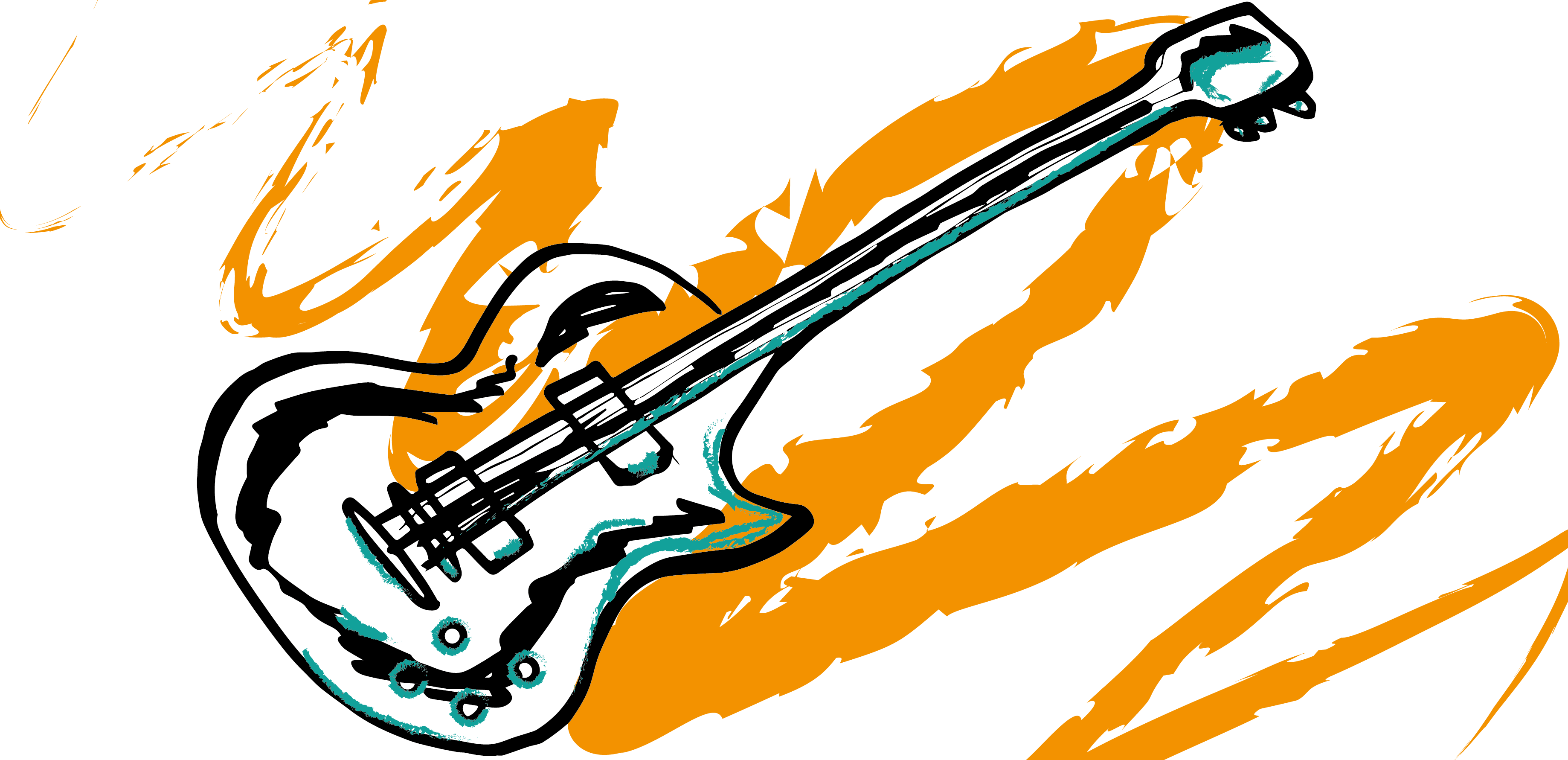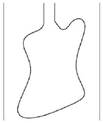15/11/2019

October was a bad month for shapes. Not only did the General Court confirm the cancellation Seven Town’s EU Trade Mark Registration for the 3D shape of its mind-boggling ‘Rubik’s Cube’ toy, the EUIPO’s Cancellation Division also declared Gibson Brands, Inc.’s Registration for a 2D depiction of the shape of its ‘Firebird’ or ‘Thunderbird’ guitars partially invalid.

https://euipo.europa.eu/eSearch/#details/trademarks/009667866
First introduced in 1963 and played by the likes of Eric Clapton and Rolling Stone, Brian Jones, Firebird guitars have certainly made their mark on six-string history. The EUIPO has, however, declared that Gibson’s EU Trade Mark Registration No. 9667866 for a figurative mark consisting of a 2D depiction of the shape of a Firebird invalid for Musical instruments in Class 152. The Cancellation Division held that the sign lacked the requisite level of distinctiveness for required for registration, despite Gibson filing considerable evidence to demonstrate that distinctiveness had been acquired through use. The decision was based in part on the assertion that a “sensible guitarist” (if there is such a thing), will consider factors other than the appearance of an instrument when making purchasing decisions.
This is not the first of Gibson’s Registrations for the shape of its guitars to have been declared invalid in respect of its core goods. In June this year, the General Court dismissed Gibson’s appeal against a decision that EU Trade Mark Registration No. 9179953 for the 3D shape of its Flying V guitars was invalid for Musical instruments.3

https://euipo.europa.eu/eSearch/#details/trademarks/009179953
In its decision in relation to the Firebird/Thunderbird shape, the EUIPO Cancellation Division stressed that the criteria applied when assessing the distinctiveness of a figurative mark consisting of the appearance of the shape of a product itself is the same as that applied when assessing any other type of mark. However, whether the relevant public will perceive such a mark as an indicator of origin will depend on the specific nature of the goods in question. It was accepted that “Guitar body shapes may perhaps function as trade marks for a tiny club of expert and discerning guitarist”, but denied that the same could be said for “the average amateur”.
Gibson’s argument that the shape of the Firebird had acquired distinctiveness when it applied to register the trade mark on 18 January 2011 failed to save their Registration for the relevant goods. The Cancellation Division stressed that 2011 was almost fifty years after the Firebird had been released in the US in the 1960s. In the interim, the number of different guitar shapes on in the marketplace has increased dramatically and numerous manufactures have created guitars which share an arguably similar appearance the Firebird/Thunderbird. This potentially raises an interesting dilemma for parties seeking to register shape marks on the basis of acquired distinctiveness as it appears there could be a danger that if copycats emerge while you are generating enough evidence to support your claim, this could eventually damage your chances of ever securing a registration because by the time you file your evidence the shape you are trying to protect may no longer be considered to differ significantly from other shapes in the marketplace.
The recent decisions issued in relation to 3D shape marks and figurative marks which consist of a 2D depiction of the shape of goods highlight just how difficult it can be to obtain and maintain protection for such signs. Reddie & Grose LLP are happy to advise not only on what protection is available for shapes, whether that protection be in the form of trade mark rights, design rights or through copyright.
This article is for general information only. Its content is not a statement of the law on any subject and does not constitute advice. Please contact Reddie & Grose LLP for advice before taking any action in reliance on it.
1 see judgment dated 24 October 2019 in Case T-601/17 Rubiks Brand Ltd v EUIPO
2 see decision dated 11 October 2019 in Cancellation No. 000017403 C
3 see judgment dated 28 June 2019 in Case T-340/18 Gibson Brands, Inc. v EUIPO

